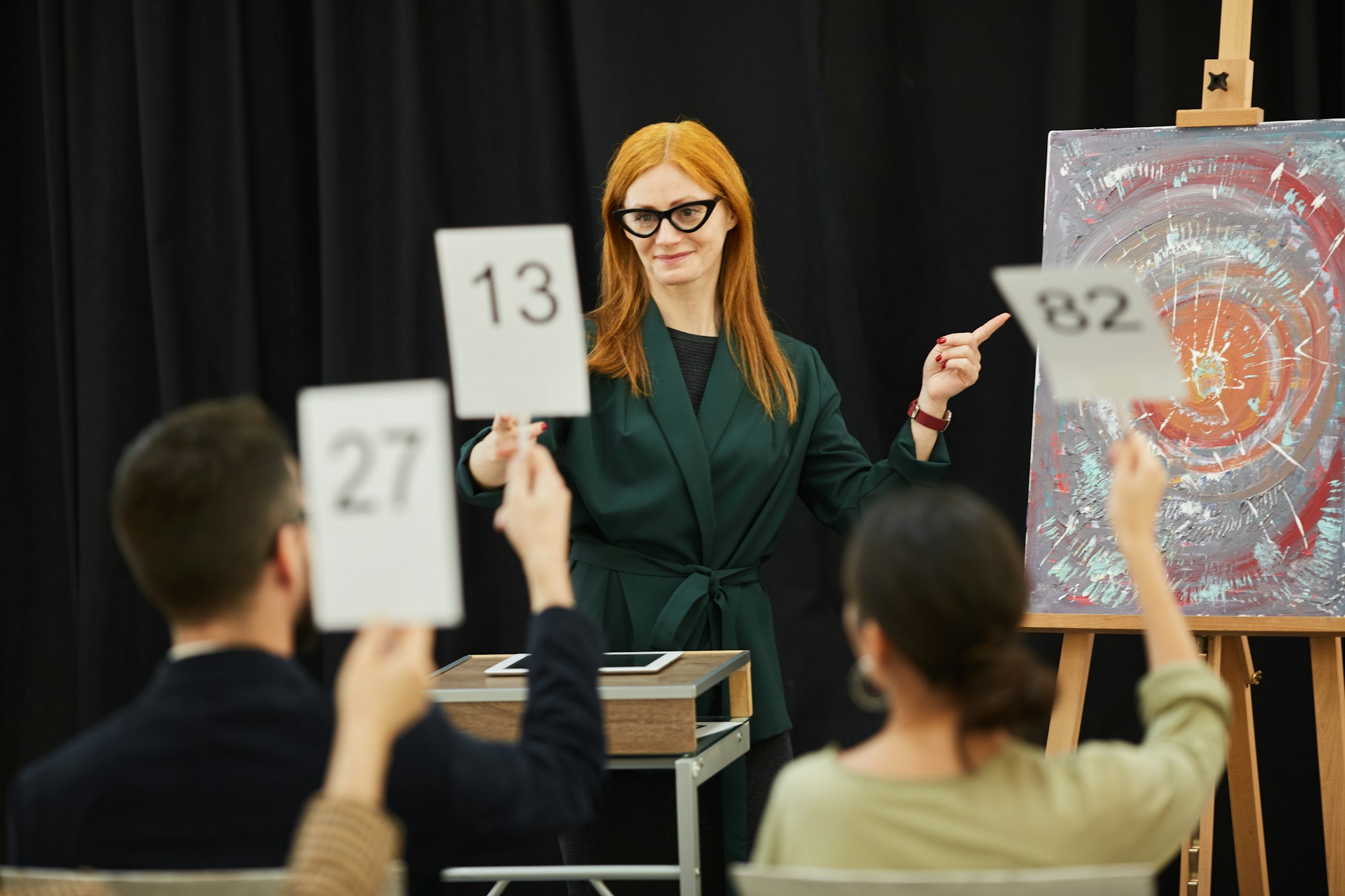In a remarkable intersection of technology, art, and history, an AI-generated painting inspired by Alan Turing is set to be auctioned, with projections indicating it could fetch record-breaking bids. This event spotlights both the fascinating legacy of Turing and the burgeoning influence of artificial intelligence in the art world. As we delve into the nuances of this auction and the broader implications, we’ll explore the blend of history, artistic innovation, and ethical discussions surrounding AI-generated art.

The Legacy of Alan Turing in Modern Culture
Alan Turing, often called the father of modern computing, is best known for his pioneering work in code-breaking during World War II. His insights not only contributed to the Allied victory but also laid the groundwork for computer science and artificial intelligence. Turing’s groundbreaking work on the “Turing Machine” and his influential 1950 paper, “Computing Machinery and Intelligence,” proposed the famous Turing Test, a method to evaluate a machine’s ability to exhibit intelligent behavior indistinguishable from that of a human.
Today, Turing’s legacy lives on as AI technology advances rapidly, moving from theoretical frameworks to practical applications. The new AI-generated artwork, crafted by advanced neural networks, pays homage to Turing’s contributions and his role in shaping the current AI landscape.
The Artwork: A Deep Dive into AI’s Creative Process
The AI-generated painting in question is not merely a replication of Turing’s likeness but an interpretation of his legacy. Utilizing a complex neural network, the artwork was created by inputting a variety of data, including Turing’s own work, historical imagery, and elements reflecting his mathematical and philosophical contributions.
The process for creating this piece involved a technique known as “deep learning,” where the AI was trained on thousands of artworks and Turing-related material, allowing it to generate an image that not only reflects Turing’s contributions to the field but also conveys a distinct sense of style, atmosphere, and conceptual depth.
Key Technical Aspects of the Creation Process:
- Data Collection and Curation: The AI was fed a curated dataset, including Turing’s photographs, historical documents, mathematical diagrams, and symbolic elements tied to his life and work.
- Style Transfer and Iteration: The AI employs a technique called “style transfer,” where it learns stylistic features from existing art forms and synthesizes them into the final piece.
- Human Oversight: Despite being primarily machine-generated, the process involved several layers of human input and curation to refine the artwork, ensuring that it stayed true to Turing’s legacy and vision.
The Auction and Its Significance
The auctioning of this piece, anticipated to reach high valuations, underscores AI’s expanding role in high art. Traditionally, paintings that command high prices have human touchpoints—master artists, historical significance, or notable personal stories. This AI-generated piece challenges those conventions, positioning technology itself as an emerging artist.
Experts argue that this sale could redefine the art market by validating AI as a medium for creative expression. The piece may become a benchmark for future AI art, setting expectations for how collectors, critics, and the general public engage with machine-made creativity.
Ethical and Philosophical Questions Raised by AI Art
The auction raises significant ethical and philosophical questions. As AI increasingly mimics human creativity, we must consider how it impacts traditional notions of authorship, creativity, and authenticity in art. Unlike human artists, AI lacks intent or emotional connection to its creations—raising debates on whether AI art can truly be considered art in the traditional sense.
- Authorship: Who should be credited as the creator of AI-generated art? Is it the machine, the programmers, or the curators who shape the final outcome?
- Creativity: Can machines genuinely create, or are they merely replicating patterns learned from human works?
- Authenticity: How should the art market approach authenticity and originality when dealing with AI creations that are inherently replicable?

Commonly Asked Questions about AI Art and This Auction
Q1: What is unique about this AI-generated painting of Alan Turing?
A: This painting is groundbreaking not only for its artistic qualities but also because it commemorates one of AI’s foundational figures. It represents a synthesis of Turing’s life and achievements, rendered by the very technology he helped to inspire.
Q2: How does AI create art?
A: AI art typically involves training algorithms on large datasets of images, styles, and subjects. The AI then uses these inputs to generate new compositions, often through a process called neural style transfer, where it “learns” aesthetic features from one set of images and applies them to create something new.
Q3: Who owns the rights to AI-generated artwork?
A: Ownership and copyright of AI-generated art can be complex. Generally, the rights belong to the person or entity that programmed the AI or owns the system used to create the piece. However, as AI-generated art grows in popularity, there are ongoing legal and ethical discussions about intellectual property rights.
Q4: Why is this auction important for the future of AI art?
A: This auction is a potential turning point for the recognition of AI as a legitimate medium in high art. A successful auction could encourage more artists and collectors to explore AI art, potentially expanding the medium and opening new avenues for creativity.
Q5: Can AI ever truly replace human artists?
A: AI is a tool that can mimic and produce art but lacks the emotional depth, experience, and personal expression that human artists bring to their work. While AI can enhance creativity, human artists remain unique in their ability to imbue art with personal meaning and emotion.
In conclusion, the auction of this AI-generated painting inspired by Alan Turing not only pays tribute to a visionary but also sparks important conversations about the evolving role of technology in art. As we look to the future, this moment may be remembered as a defining instance where AI began to carve out a respected place in the world of fine art, bridging the past accomplishments of pioneers like Turing with the boundless possibilities of tomorrow.
Sources The New York Times


